The Abstract Noun Recognize an abstract noun when you see one. Nouns name people, places, and things. One class of nouns is abstract. Your five senses cannot detect this group of nouns. You cannot see them, hear them, smell them, taste them, or feel them. Check out the following example: When Joseph dived into the violent waves to rescue a drowning puppy, his bravery amazed the crowd of fishermen standing on the dock. Bravery, one of the nouns in this sentence, is an example of an abstract noun. You can see Joseph, the water, and the crowd. But you cannot see braveryitself. Bravery has no color, size, shape, sound, odor, flavor, or texture; it has no quality that you can see, hear, smell, taste, or touch. Any noun that escapes your five senses is an abstract noun. Don't confuse an abstract noun with a concrete noun.
Many nouns are concrete, not abstract. Concrete nouns register on your five senses. Here is an example: Joseph cuddled the wet puppy under his warm jacket. Puppy is an example of a concrete noun. You can see a puppy, stroke its fur, smell its breath, and listen to it whine. You can even taste the puppy if you don't mind pulling dog hair off your tongue! Because a puppy will register on all five senses,puppy is a concrete noun. Look over this chart contrasting abstract and concrete nouns:  Zoo Pros: Education, Conservation, Entertainment Zoos have improved significantly in the last 4,000 or so years. Gone are the old steel-bar enclosures and cold cement cages. Most zoos these days use natural-looking barriers like moats or ditches to separate animals from people, and have mini-habitats that resemble the animals' natural environment. Adding another point for zoo pros, the procedure for acquiring animals has also changed. Whereas zoos previously captured most of their specimens directly from the wild, they now get many animals through captive breeding programs and other zoos. Some breeding programs also help to restore threatened species. After 10 years of working to strengthen the population numbers of the endangered California condor, a type of vulture, the Los Angeles and San Diego zoos were able to rebuild a population of fewer than two dozen birds to around 170 birds [source: Encarta]. Successful breeding programs brought the Pere David's deer back from extinction. Though this Asian deer ceased to exist in the wild, Chinese and European zoo programs enabled four of the deer to be released back into the wild in 1985, where they're now self-sustaining [source: Encarta]. Some zoos also take in abandoned animals that wouldn't otherwise have a home. Both the Baltimore Zoo and the Detroit Zoo have taken in polar bears rescued from a traveling circus, and the Bronx Zoo took in an orphaned snow leopard from Pakistan in 2007. The cub, Leo, now spends his time frolicking and chasing small animals that wander into his enclosure [source: Majkowski]. And although zoo animals aren't treated quite like guests at a four-star hotel, their care has improved tremendously. Zookeepers now understand that many animals, such as monkeys, bears and elephants, need engaging activities to prevent boredom and mental deterioration. This is why you'll often see chimps playing with toys or tigers "hunting" for a meal. Aside from taking care of captive animals, many zoos also contribute to the care of their wild counterparts. The Toledo Zoo, in conjunction with the Nature Conservancy, is helping to restore butterfly habitats in Ohio, and the Bronx Zoo has channeled more than $3 million toward conservation projects in central Africa [source: Fravel]. Zoos also present an opportunity for scientists to conduct research. In 2002, zoos participated in 2,230 research and conservation projects in more than 80 countries. The information they gather helps them to develop new medicines and techniques to improve animal health [source: Fravel]. Beyond the positive impact zoos try to have on animals, they often affect the people visiting as well. Zoos don't just entertain, they also aim to educate. With a variety of programs geared toward children and adults, zoos teach people about the needs of animals and the importance of conservation. And if people get excited enough, the thinking goes that they'll be more inclined to donate money to conservation efforts -- another zoo pro. The fact that zoos impact people in a positive way is nice, but it's not the people critics worry about -- it's the animals. The entire idea behind Pop Art does not relate so much to the art itself
as to the attitudes of the artists about the pieces. Pop Art was a very important art movement in the 20th century. Andy Warhol was one of the first artists who used everyday objects, cartoons, movie stars, advertisements and celebrities to crate his art. His colorful artwork and the elements he used are very attractive for children. Let's learn more about Andy Warhol. Click here to play a game. Each reading group will research the theme of the book you are reading as a group. First you must ask a question. Then you will need to research your question for answers. Next, you will take the information you gathered and put it on a graphic organizer. Last, you will write a report with 1 or 2 paragraphs that answer your question. Below are links for you to read and watch to research your question. We are writing folktales this week BUT we are going to change things up by giving alternative endings or events. Watch these videos below of Goldilocks and the Three Bears and Jack and the Beanstalk. You will brainstorm, pre-write, and revise your alternative story this week. You may give the story a new title and new events, but the characters need to stay the same. |
Important WebsitesFirst Grade Code.org Categories
All
Archives
May 2019
|

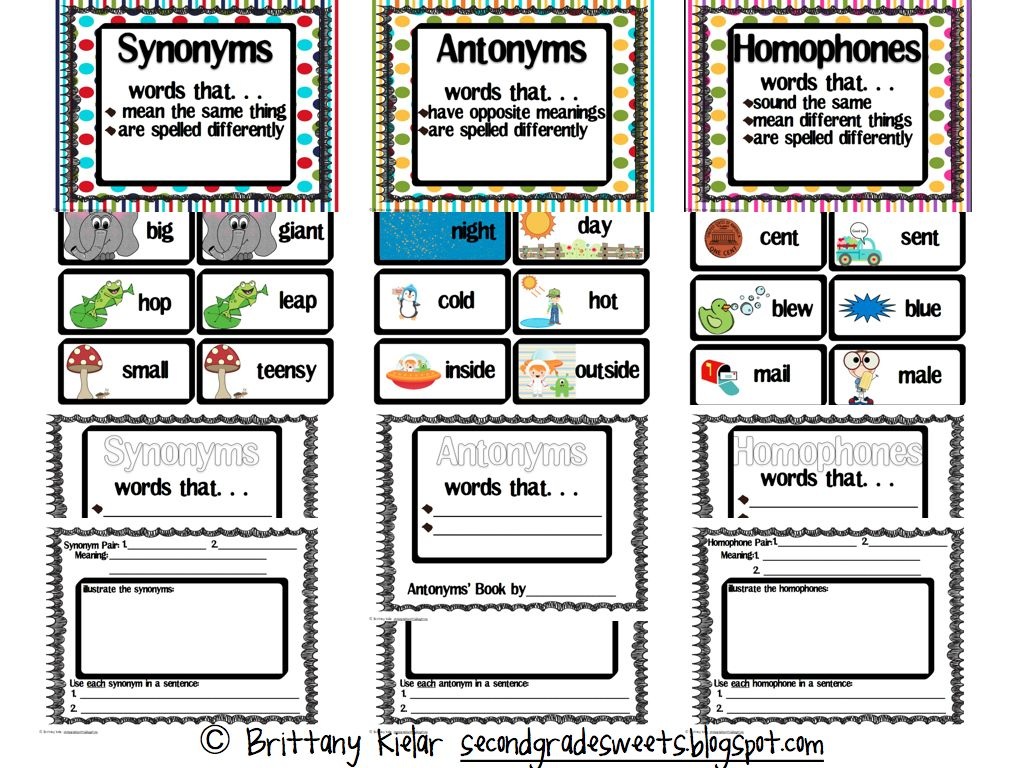
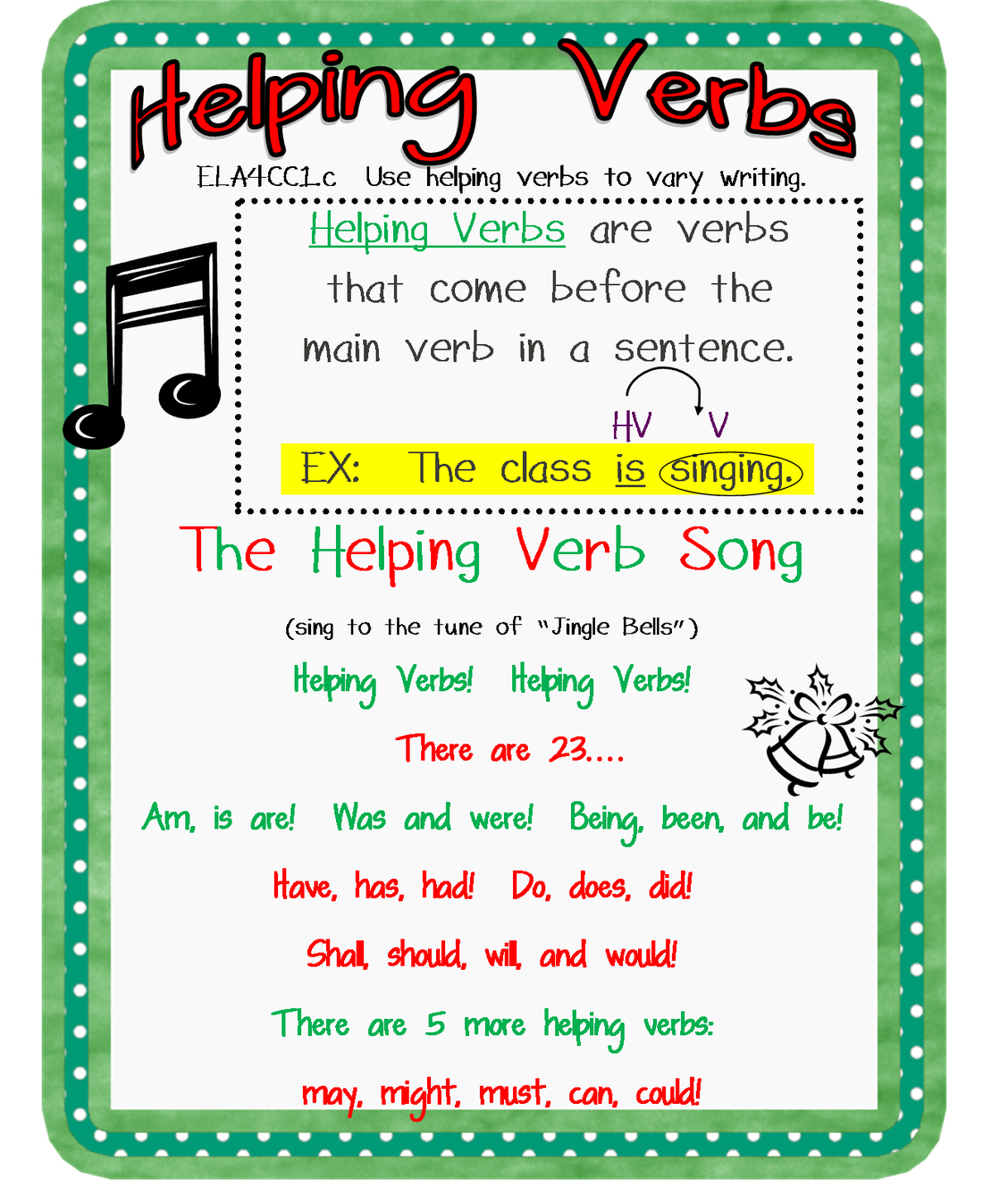
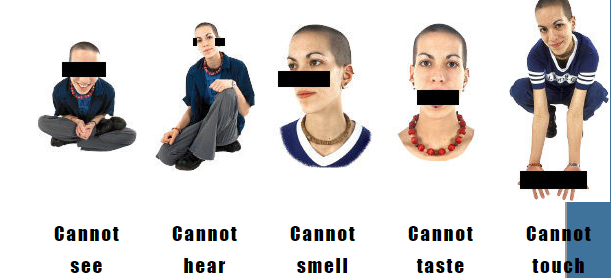
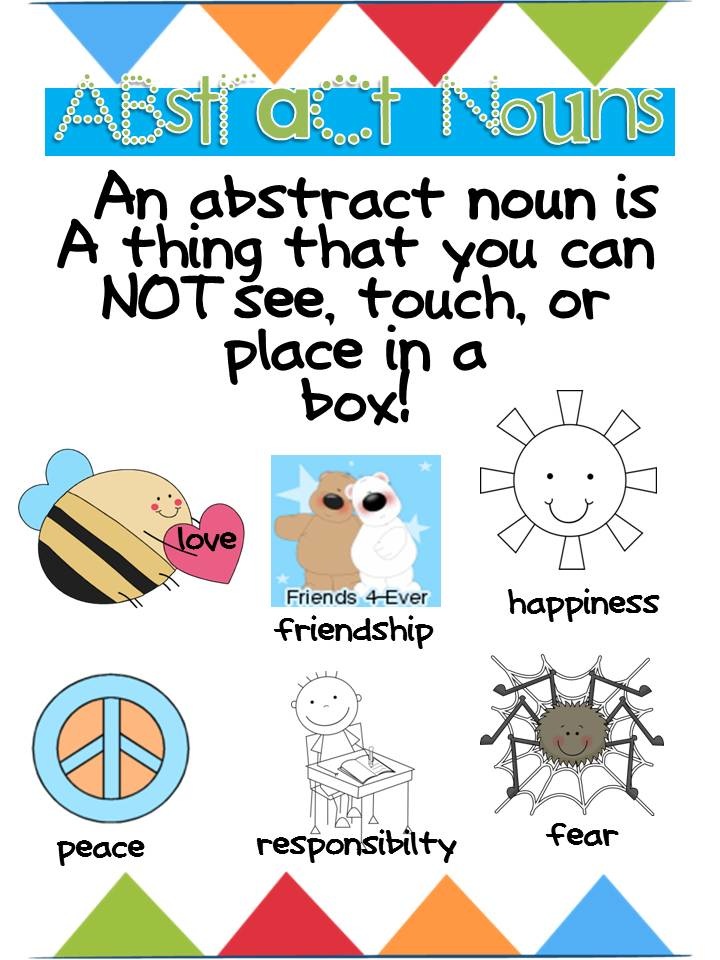
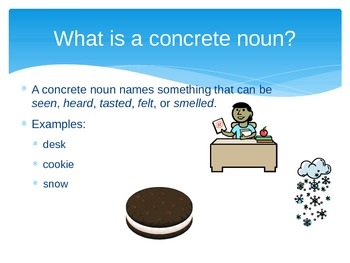
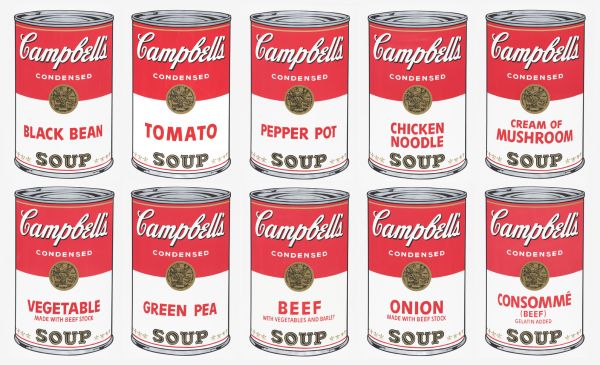



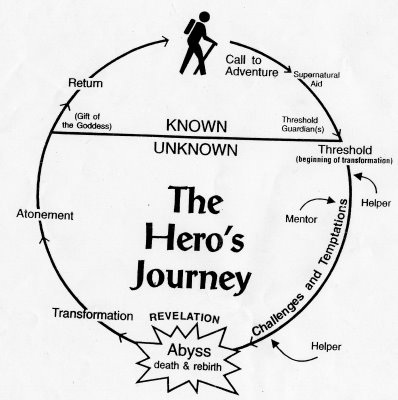
 RSS Feed
RSS Feed
